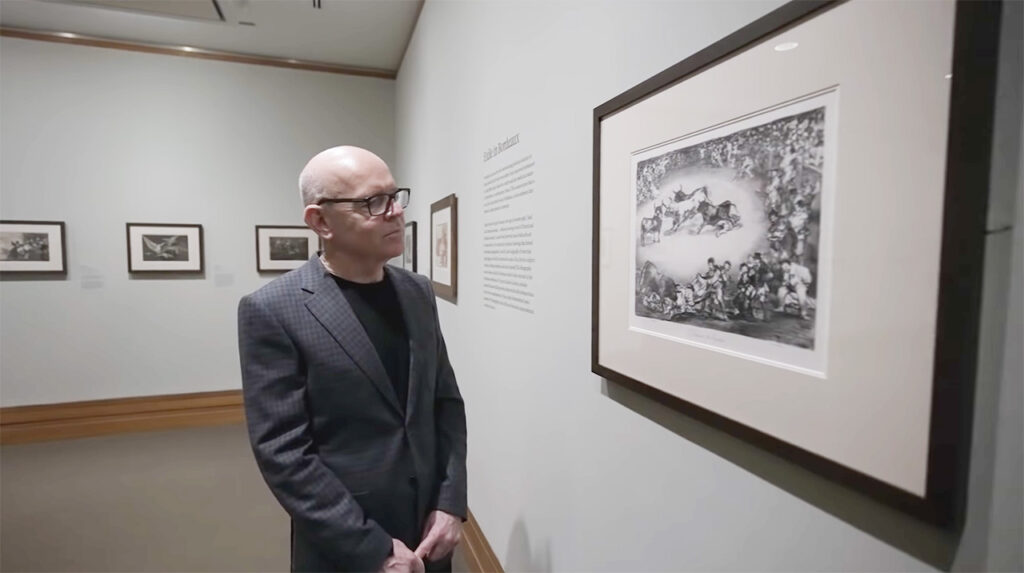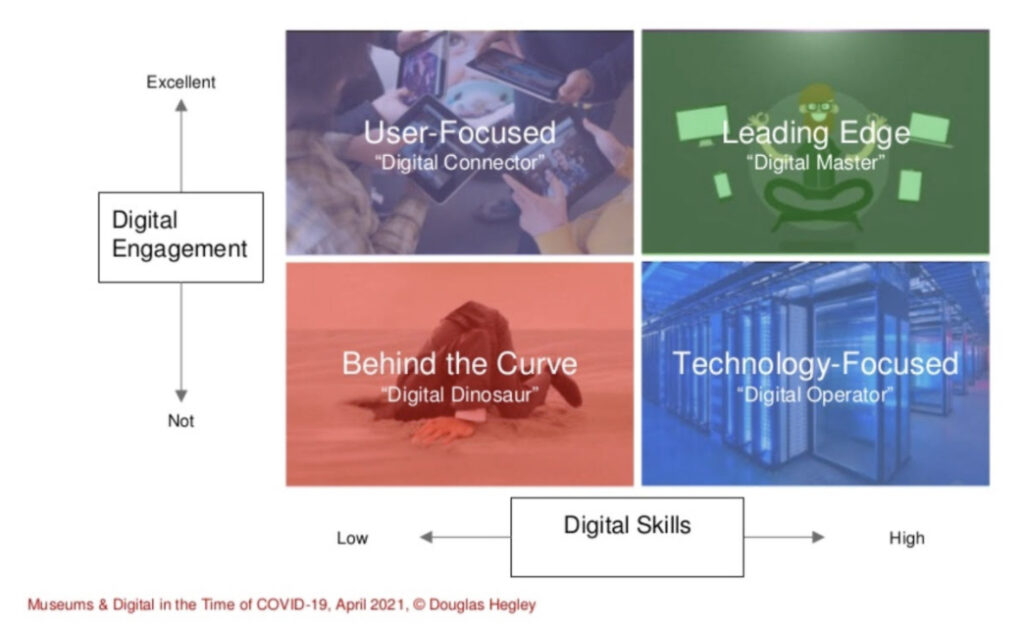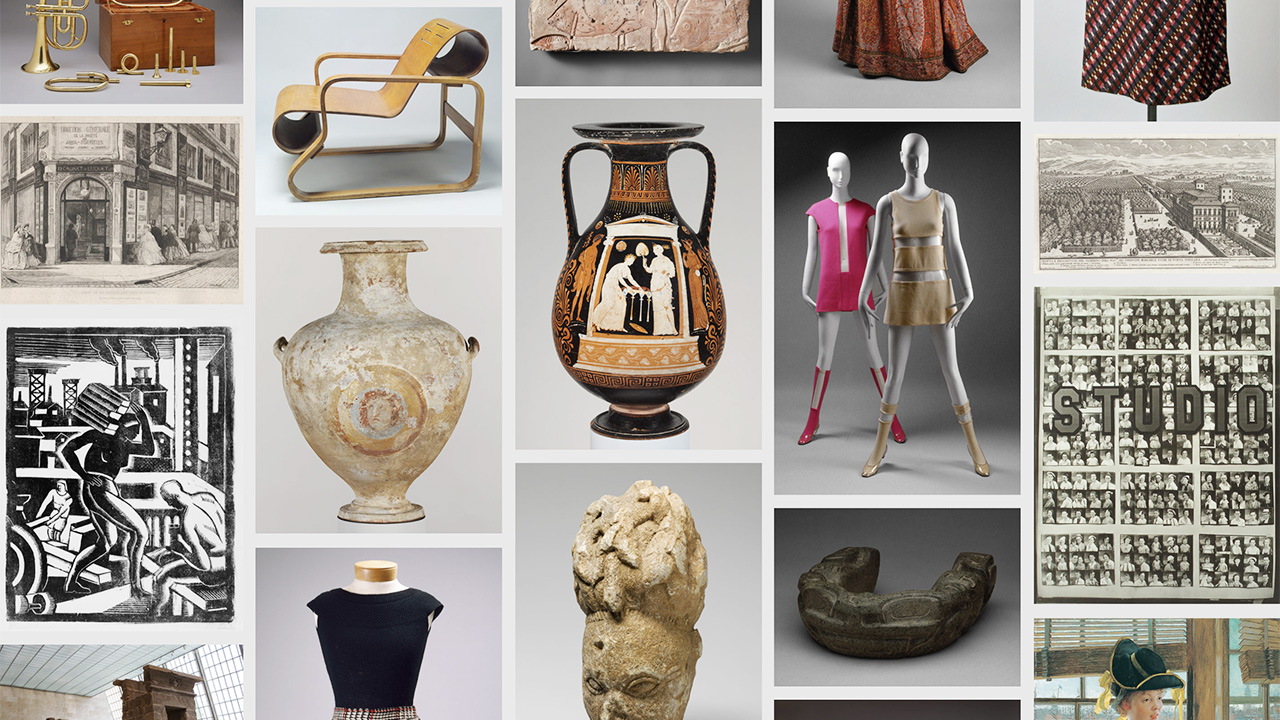In a post-COVID museum landscape, digital isn’t just inevitable; it’s here to stay. Even as lockdowns begin to lift, there’s no undoing a digital pivot. Rather, the future for cultural institutions will involve further digital engagement to establish a strong, sustainable virtual presence.
To achieve this, Douglas Hegley, the Metropolitan Museum of Art’s Chief Digital Officer, during his keynote speech at “The New Era of Digital Culture,” emphasized the power of narrative, audience immersion, and individualized strategy. Hosted by the US Embassy to Italy on April 14, the webinar explored the significance of the cultural sector’s digital shift, and featured other participants including Roberto Sgalla, Director of the Borghese Gallery and Museum, and cultural attaché Rodney Ford.
Though Hegley foregrounds an intuitive “audience-first” approach to digital museum strategy, he notes that the path forward requires far more nuance than the blanket “digital culture” term typically prescribes. Rather than inserting “digital strategy” into existing museum infrastructures, Hegley urges organizations to instead consider how to center storytelling to usher in a new digital era.
Below are four key insights from the webinar.
Virtual is here to stay

Attended by 19,000 viewers, the virtual opening of Goya’s Graphic Imagination featured a tour by Mark McDonald, Curator in the Department of Drawings and Prints.
In February 2021, over 19,000 attendees turned up to the virtual opening of Goya’s Graphic Imagination, an exhibition at the Met. The event’s success offers long sought-after reassurance that “people are out there, they’re interested, and they will tune in,” says Hegley. While physical events may offer the safety of familiar engagement, the potential for virtual events is much farther reaching; with exponential opportunity for accessibility, scale, and multisensory experiences that may prove just as immersive as physical ones, virtual events, and their hybridized counterparts, are not going anywhere.
Digital strategy and readiness

Digital culture is still a relatively new space, and within the possibility of transformative power, clarity, and transparency lies potential pitfalls that confirm digital as “extra,” tech-focused, or unnecessarily complex. “You don’t need a digital strategy,” Hegley underscores, quoting Judy Goldberg of Sony Pictures. “You need a business strategy for the digital age.”
To aid in the plotting of digital strategies, Hegley suggests using a digital maturity model of four categories from Forrester Research Inc. The categories — technology-focused, behind the curve, user-focused, and leading edge — provide benchmarks for organizations, providing guidance in goal-setting and decision-making as they develop steps to progress to the next level. Though creating a digital strategy may help successfully align museums with their goals, long-term success requires additional preparedness to fully integrate into a digital world.
Transforming from top-down
“If this pandemic here proved anything,” Hegley says, “it’s been that we cannot ignore, ever, the elephant that’s in the room.” The elephant, in this case, is the impending shift towards digital integration in the museum world. In what he describes as a “digital-first society,” specific expectations are built around information perpetually being available, on demand, and reliable. As Hegley sees it, myths that transformation begins with grassroots efforts or a collection of projects too often prevent museums from successful digital conversions. Instead, he urges recognition of the opportunity to transform the cultural heritage sector using top-down involvement, committed leadership, and a focus on emotional connection more than ever.
How to move forward
How should museums develop their digital experience? Be a storyteller, invest in staffing resources, and build a foundation tailored to your specific audience base, says Hegley. “People don’t respond the same way to facts,” he adds; to reach audiences, connect, and sustain engagement requires narrative. Of course, this is not to overlook practicalities of the visitor experience. Delightful interfaces, cloud-based systems, supported staff, and web apps go a long way in building a digitally-enabled future.



